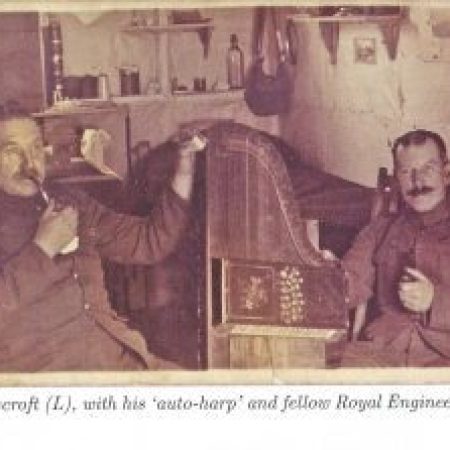Most people at some time ask why the place they live in has acquired its name. Almost a century ago the English Place-Name Society set about publishing a series of volumes to provide explanations of names for every county.
It has almost succeeded in its covering the entire country, but one of the glaring gaps is Hampshire. This is gradually being remedied by the current Director of the Survey of English Place-Names, Professor Richard Coates, University of the West of England, Bristol.
He said: “It’s being done. It’s been brewing in the background for some time. I started work on it 20 years ago. It will be based largely on material from the Hampshire Record Office and from the publications of the Hampshire Record Series. When I retire shortly I am going to get back to it full time.”
Studies of any place-name make use of information from various sources. All forms of the name in ancient documents and maps are collected. Possible roots are considered from old languages, together with geographical and historical information. Experts then decide on the most likely origin.
For example, Stockbridge probably means ‘a bridge supported on stakes’, Twyford means ‘two fords’ and Littleton means ‘little settlement or farm’. But there are surprises. Bitterne has nothing to do with the bird, nor is Alresford named after the river Alre, but means ‘the ford by the alder trees’, and the river was later named the Alre.
These examples are taken from a book published in recent years, The Place-Names of Hampshire & The Isle of Wight, by the Alfred Oscroft, who died in 1939. After a career as a regular soldier he had come in 1912 to work in Southampton at the Ordnance Survey.
There he became fascinated by the origins of place-names, which are obviously a key part of any OS map. Cheated of a university education by the modest circumstances of his family – even though he had gained a scholarship, to Nottingham University – he had trained as a teacher, but found that “too dull” and joined the Royal Engineers, rising to the rank of Sergeant-Major.
How exactly Oscroft found the necessary sources to research place-names is not exactly clear. The best guess is that he used the Central Library, London Road, Southampton, which was later destroyed by a direct hit in 1940. But however he carried out his research, it is now recognised to have been of the highest scholarly standard for the day and still has much to offer to students of onamastics, as the subject is formally called. Although he never joined the English Place-Name Society, which had only been founded in 1923 (now, by coincidence based at the University of Nottingham!), he was current with its ideas and principles.
He and his wife brought up their family at 121 Earls Road, Southampton, which they rented. During the Blitz, the house was looted and they moved soon afterwards to lodgings in Station House, Horsebridge, then on the ‘Strat & Winkle’ line between Romsey and Andover. The family grave is in the ‘new’ cemetery of nearby King’s Somborne, which is on the Stockbridge side of the village.
Oscroft’s manuscript was completed almost 80 years ago, but lay unpublished until his grandson James Oscroft Wilkes had it printed in 2015. Supported by the Hampshire Archives Trust and the Hampshire Field Club, it makes a handsome volume, with 40 pages of antique maps, 70 engravings from Mudie’s Hampshire of 1838, and many other illustrations.
The book was given an excellent review by Coates in the Journal of the EPNS. He found that Oscroft had “a good eye for a bad argument”, that he “was well up to date with what place-name scholars were doing at the time, and embraced their methods”, that he took “account of the fact that Hampshire is a largely ‘English’ county”, and that his “efforts are not seriously out of line with what was being produced by the generation of [older] scholars”.
Another major work on Hampshire place-names was written about 30 years after Oscroft’s by J. E.B. Gover, the author of several EPNS volumes. Unaware of the earlier unpublished work he produced his own manuscript for the EPNS which was never published, probably because its scope is limited.
Thirty years ago Professor Coates published a volume on Hampshire place-names, which is still a standard source, but will be massively updated and extended in his new work. He said: ‘Some things have changed. Anglo-Saxon history is better known and we have a better understanding of the relationships between the Celts and the English. Hampshire has a central role in place-name studies, as it has so many late Saxon charters.”
Copies of Oscroft’s book at the special price of £10 (£15 if posted) can be obtained from Hampshire Record Office, Winchester, SO23 8TH, (01962 846154), and Southampton City Archives, (023 8083 2251.).
The Water Gate, Southampton, from Mudie, Hampshire, 1838
Bishops Waltham, from Mudie, Hampshire, 1838
A section of Speed’s map of Hampshire, 1611, showing Winchester and north Hampshire.
A section of Speed’s map of Hampshire, 1611, showing Southampton and the West Solent.
The oldest existing map of Southampton, 1560, of unknown origin, a drawing by Oscroft from the original in the Hartley Library, Southampton University.

